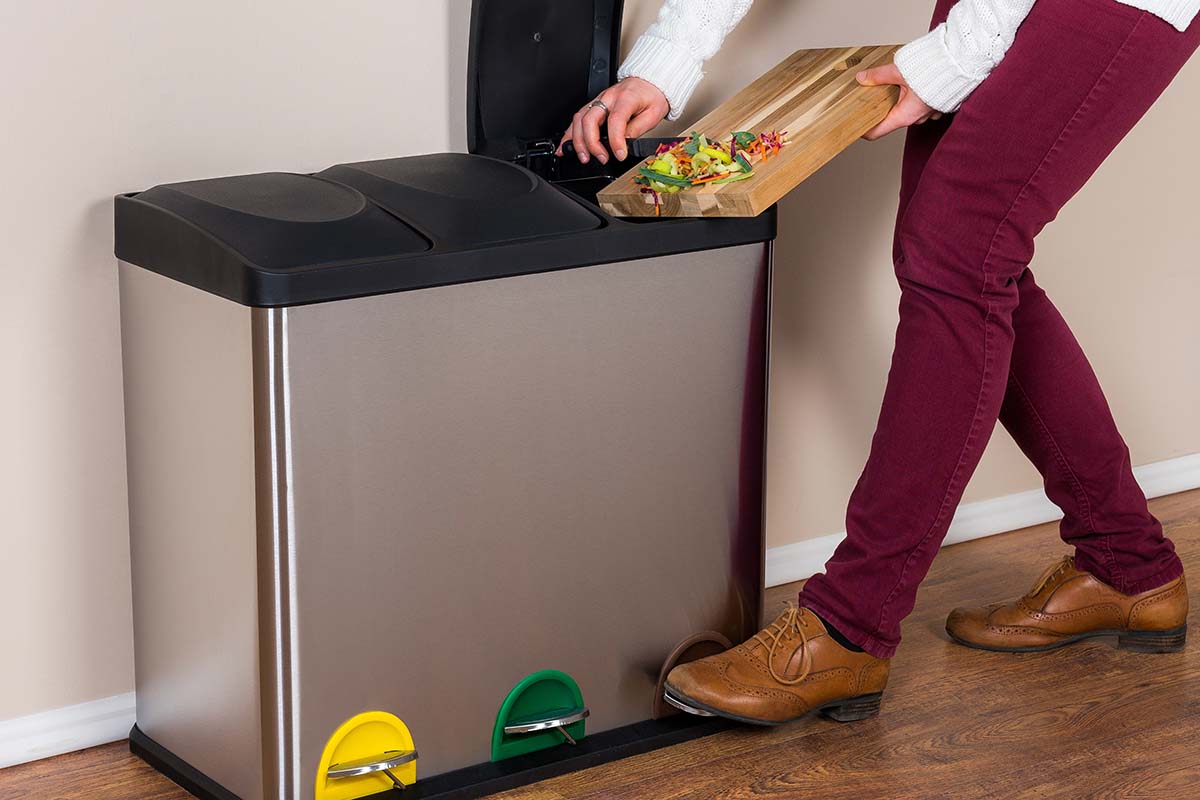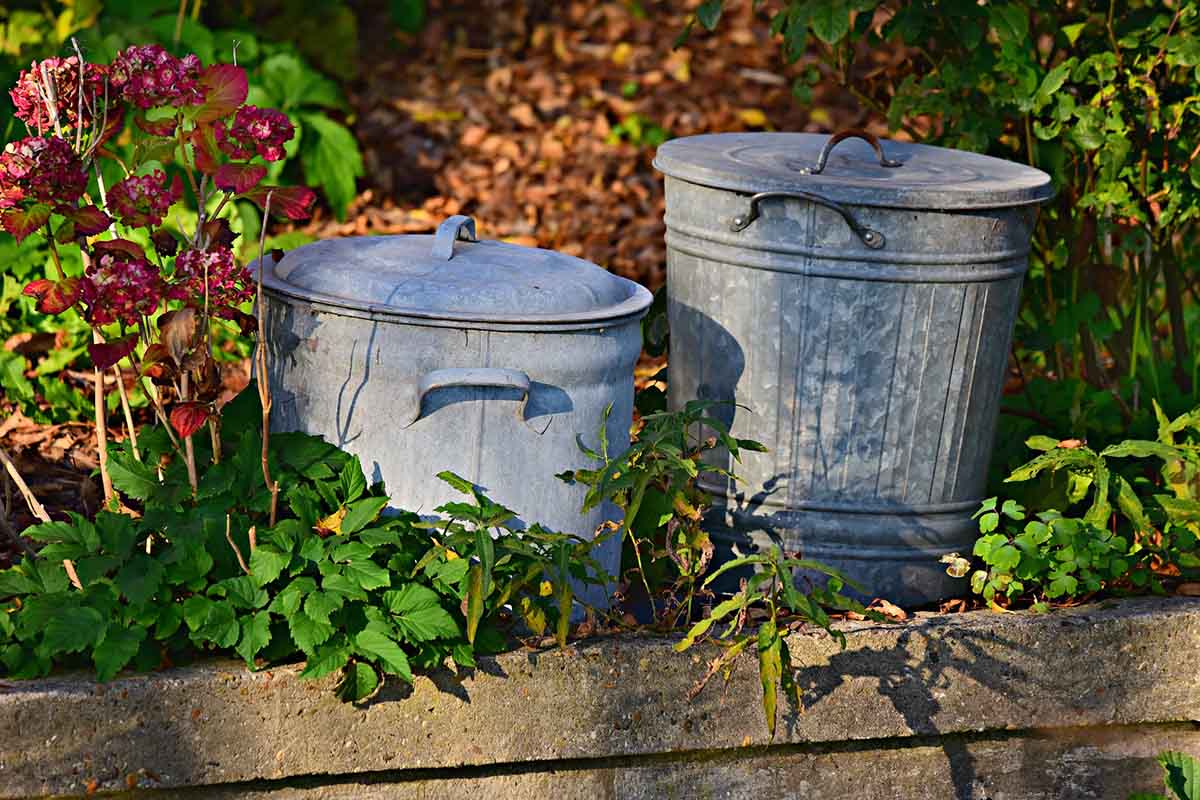Alternative Solutions To Common Waste Disposal Problems
Waste is a part of our culture, with each generating 1,700 pounds in the US alone. According to 2021 statistics, over 50 million tons of hazardous waste were thrown away globally.
And while business waste collection and removal may seem easy, there is more to it. It may involve collecting, transportation, recycling, treatment, and proper dumping. Unfortunately, the operation is not problem-free, and this article highlights some of the biggest problems facing waste disposal.
New technologies
Instead of designing new effective technologies and waste recycling reduction programs, many waste disposal and management institutions continue to rely on old and inefficient methods.
Studies suggest that many countries and states are slow to adopt new and advancing technologies to manage their waste volumes. Several new technologies combine IoT data analytics with modern solutions to recognize waste problems. The options are many, from smart waste bins to waste level sensors, AI recycling robots, pneumatic waste pipes, and so on,
Enactment of laws and regulations 
The lack of proper on-site waste management is a significant waste disposal challenge for most landfills. Unfortunately, waste disposal and management have become a profit-making venture where large organizations and hazardous waste cleanup services manage incinerators, landfills, and sewer systems. Hazardous waste removal companies ensure safety and sustainability while performing their tasks.
As a result, the focus has shifted from safety to profit-making, irrespective of the waste disposal needs. This contributes to ineffective waste disposal regulations since the organization collaborates with vested interest regulators.
It may be necessary for the appropriate authorities to enact new laws to mandate waste segregation to turn waste into wealth through recovery, recycling, and reuse.
Less waste generation
Too much waste generation is a problem in the United States. While the country ranks high among the top waste producers worldwide, with approximately 220 million tons of waste every year, most waste is organic. The best way to tackle this problem is to reduce how much waste an individual generates.
You may want to compost your food or garden waste instead of dumping them. If composting feels like too much work, there are recycling facilities that will be interested in your organic waste. This way, they won’t end up at a landfill. Businesses can also focus on producing reusable and recyclable products instead of one-time ones.
Waste separation 
Research suggests that mixing different waste types is a common problem in several countries, and the US is no exception. Many times, waste isn’t sorted at all and is dumped in landfills.
It is vital to separate recyclable waste from non-recyclable ones. Separating organic waste from non-recyclable ones can help remove waste safely and efficiently for human, animal, and environmental health. This way, waste management professionals wouldn’t have to do so much sorting waste before disposal.
Leachate management
Leachate is produced when landfill waste is broken down and the water filters through to pick up toxins. This usually occurs when there is rainfall; groundwater enters the landfill, and it can also produce leachate.
Chemicals found in leachate may include methane, organic acids, carbon dioxide, aldehydes, etc. Fortunately, there are several new technologies for treating landfill leachate, so keep this in mind.
You can check out this article for some of the best approaches for leachate management:https://www.scsengineers.com/services/liquids-management/landfill-leachate-management/
Eliminate greenhouse gas
Yard waste, food scrap, and other organic materials are compact when put in a landfill. These material removes oxygen to cause the materials to break down anaerobically.
Unfortunately, the process produces methane which is more harmful than carbon dioxide. This type of greenhouse gas is highly flammable and hazardous in large quantities. Experts advise lining new landfills with a membrane to prevent the liquid-form methane from being released into the atmosphere.
While this may not be 100% proof, there are other treatment processes to prevent methane production you can consider, including tunnel composting and in-vessel composting.
Toxic waste prevention
Several materials that end up in landfills pose severe environmental risks which can last for many years. These materials usually expose groundwater and soil to harmful toxins.
For instance, computers, batteries, and televisions get thrown out at the landfill site. Unfortunately, they contain harmful substances like acids, lead, arsenic, and others released into the environment. This poses several risks to human health. Landfills need to be built with synthetic membranes to prevent mercury from seeping into the ground.
Aside from the financial impact of your waste, improper disposal can cause several health risks for current and future generations. It is therefore essential to identify the problems and apply the right solutions.




















